7647-10-1 Palladium chloride PALLADIUM(+2)CHLORIDE
Min.Order / FOB Price:Get Latest Price
| 100 Kilogram |
Negotiable |
- Min.Order :100 Kilogram
- Purity: 99%
- Payment Terms : L/C,D/A,D/P,T/T,Other
Keywords
7647-10-1 Palladium chloride PALLADIUM(+2)CHLORIDE Cl2Pd
Quick Details
- Appearance:As detailed
- Application:7647-10-1
- PackAge:As your request
- ProductionCapacity:300|Kilogram|Month
- Storage:room temperature
- Transportation:by express or air or sea
Superiority:
Tech Data Relevant
1.Certificate Of Analysis (COA)
2..Material Safety Data Sheet (MSDS)
3.Technical Data Sheet(TDS)
4.Route of synthesis (ROS)
5.Nuclear Magnetic Resonance(NMR)
6.Method of Analysis(MOA)
Our Service
1. Before Shipment.
Quality control, Packing pictures and loading video before loading.
2. Shipment.
Prompt shipment with professional documents, Mixed containers with different mixed items in one container.
3. After shipment.
Strong after-sale service.
Exhibition in Shanghai
We have clients throughout the world:
Professional service and rich experience make customers feel at ease, adequate stock and fast delivery meet your desire.
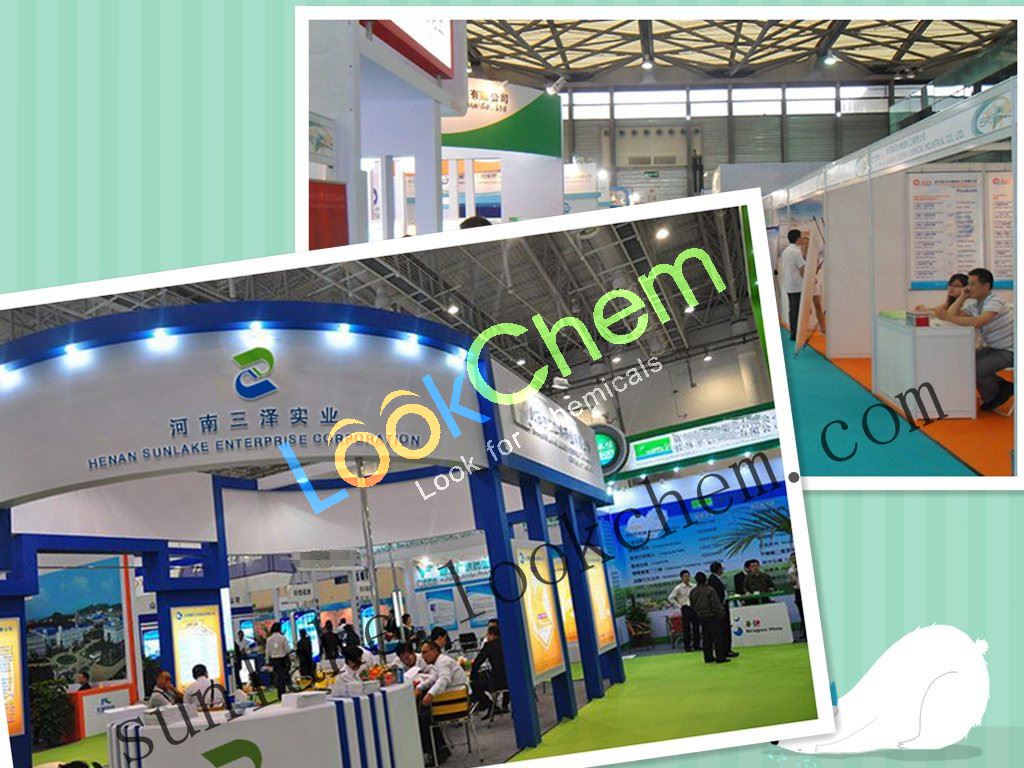
Our Laboratory
We have our own independent lab test center:
This makes sure that our technology support is reliable and authoritative. All of self-owned fine chemicals are manufactured strictly in accordance with international standard, and also has scientific cooperation with local colleges and institutes.
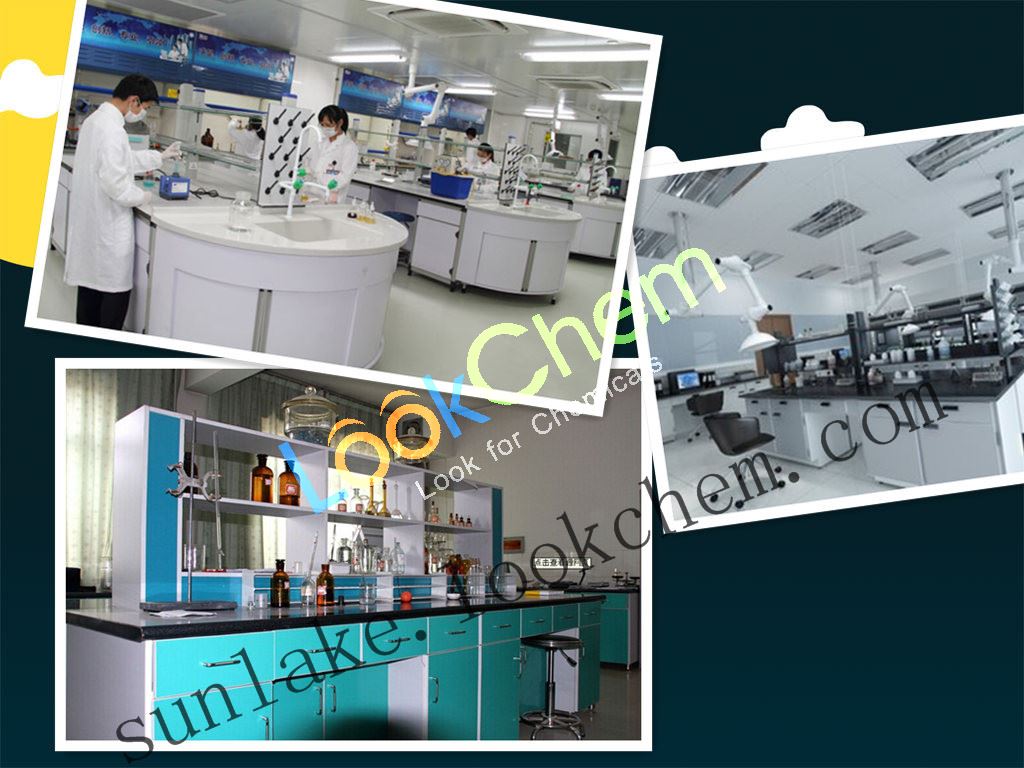
Our Factory
High quality with competitive price:
We are manufacturer and can provide high quality products with factory price.
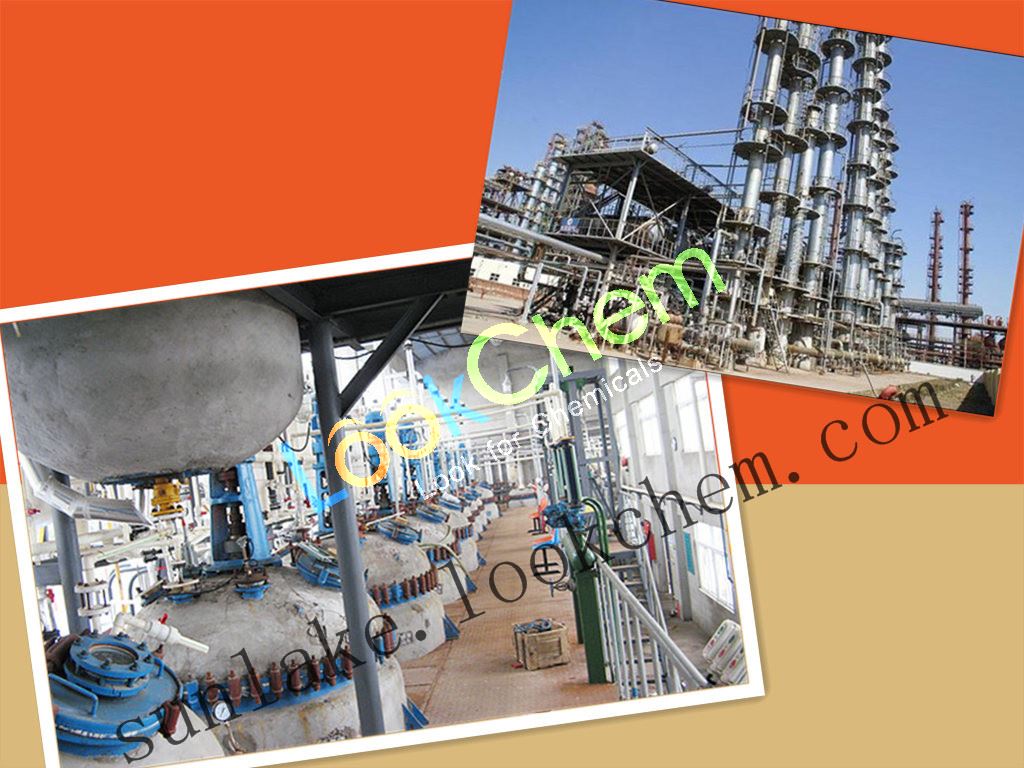
Package & Shipment
Fast and safe delivery:
Parcels can be sent out within 24 hours after payment, and Tracking Number is available.
And you have various choices of transportation methods.
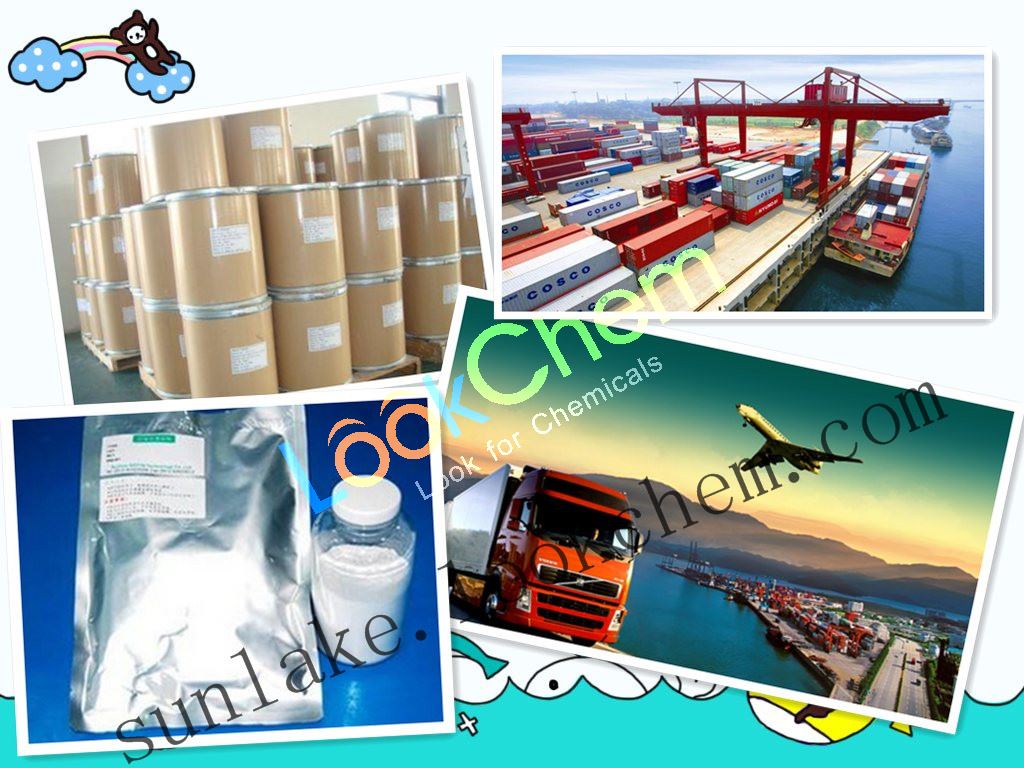
Details:
product information
|
Company information
Henan sunlake enterprise corporation is located in Henan Province , The central plain of China , Which enjoys favorable geogeaphical position and convenient transportion, The com[any was established in june. 1998 , until now having more than 18 years experience in manufacturing & exporting chemical raw material .
Sunlake is a professional manufacturer engaged in producing and selling chemicals,including Organic & inorganic chemicals , pigments & Dyestuffs , Water treatment chemicals , Food & FEED additives and others . these products have been being well exported to europe , southeast Asia , the Middle East , Africa , South America and some other countries and areas.
We sincerely welcome foreign friends to visit our plant for cooperation. With the idea of "quality first,credit priority, Excellent service", We are highly acknowledged by customers for good quality and competitive price. More importantly , the company has a strong R & D team, who are professional engineers and scholars with Ph. D. .So we are confident to serve you better with our high - quality products and professional team.
We are taking great efforts to provide our customers with demanded goods and professional services, and continuously improve our core ability of competition and get the momentum for sustainable development, and finally make us being a reliable and professional wupplier in international market.
We welcome any serious inquiries from all customers of the world, and sincerely hope to cooperate.
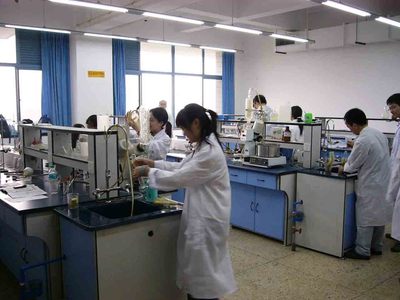
You Might Also Like
-
602-09-5 1,1'-Bi-2-naphthol (-)-2,2'-DIHYDROXY-1,1'-BINAPHTHYL
CAS NO:602-09-5
-
COA certificate products 95464-05-4 good quality best price
CAS NO:95464-05-4
-
Henan Sunlake Industrial 95464-05-4 good quality best price
CAS NO:95464-05-4
-
low price 95464-05-4 good quality best price
CAS NO:95464-05-4
-
HIGH PERFORMANCE 95464-05-4 good quality best price
CAS NO:95464-05-4
-
high purity 95464-05-4 good quality best price
CAS NO:95464-05-4
Related Searches
About|Contact|Cas|Product Name|Molecular|Country|Encyclopedia
Message|New Cas|MSDS|Service|Advertisement|CAS DataBase|Article Data|Manufacturers | Chemical Catalog
©2008 LookChem.com,License: ICP
NO.:Zhejiang16009103
complaints:service@lookchem.com Desktop View